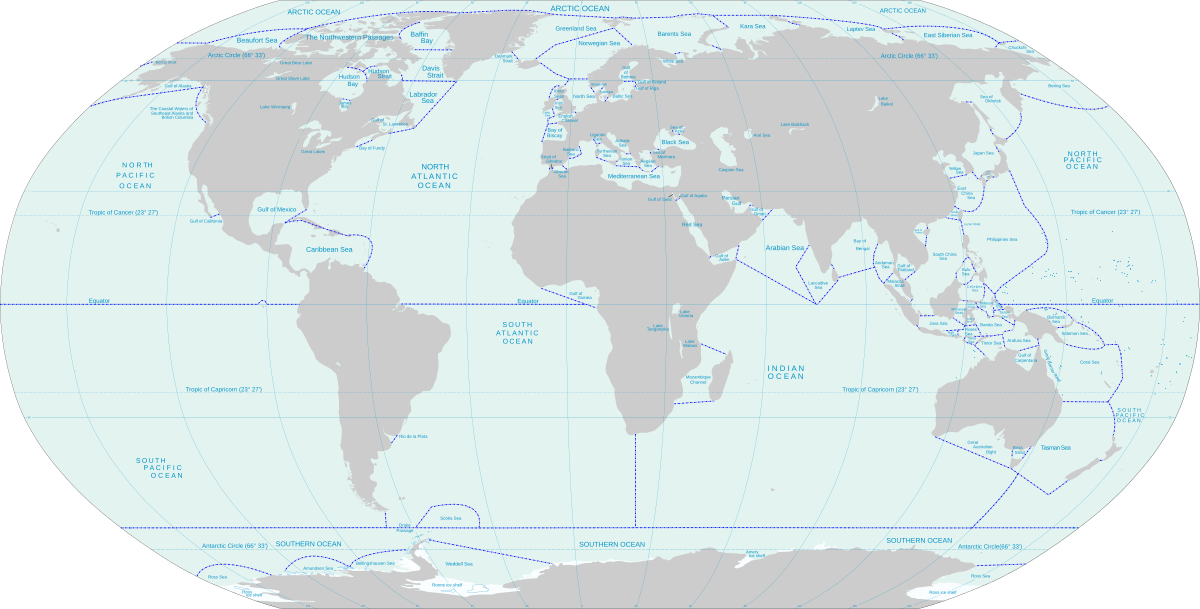- 1,318
- 1,061
Okay, thanksBaseline Star level unless further context is given.
Follow along with the video below to see how to install our site as a web app on your home screen.
Note: This feature may not be available in some browsers.
Okay, thanksBaseline Star level unless further context is given.
They don't, really. Take Z Vegeta for example. A lot of his keys have him at hypersonic flight speed with FTL or MFTL combat (and thus reaction) speed. Unless they're shown to scale (i.e dodging things while moving at MFTL+ speeds would give you MFTL+ reactions/combat speed), they're taken as separate.Hm so how do speed m/s ratings and reaction ratings relate to one another?
Not what I'm asking. I'm asking how the values correlate to one another, how Transonic speeds relate to Transonic reaction values.They don't, really. Take Z Vegeta for example. A lot of his keys have him at hypersonic flight speed with FTL or MFTL combat (and thus reaction) speed. Unless they're shown to scale (i.e dodging things while moving at MFTL+ speeds would give you MFTL+ reactions/combat speed), they're taken as separate.
It appears to just be 1/speed. Baseline supersonic speed is 377.3m/s, 1/that is 0.00265s, just as it is in the reactions page.Not what I'm asking. I'm asking how the values correlate to one another, how Transonic speeds relate to Transonic reaction values.
Can just use a calc converterTo get Joules from Newtons, you have to use W=Force times Distance, right?
And Force from Pressure times Surface Area?
What feat are you trying to calculate? I think info/context is needed, especially when dealing with star stuff.What do we use as an average of the number of stars a constellation has?
Let's maybe use Ursa Major or Orion as an exampleWhat feat are you trying to calculate? I think info/context is needed, especially when dealing with star stuff.
I think it still needs more info. Did someone blow up the constellation? Did someone use TK to move the entire thing? If so, how fast did they move it? etc.Let's maybe use Ursa Major or Orion as an example
They shoot stars... And... I'll just give the textI think it still needs more info. Did someone blow up the constellation? Did someone use TK to move the entire thing? If so, how fast did they move it? etc.

You have heard about shooting stars, but have you ever heard about a star shooter? That's Jaeger Yearend. This intergalactic pyrotechnician uses his magic to first encapsulate stars and then use them as his ammunition! When the shot is good, he'll even create an entire constellation.
It'd probably be at LEAST baseline 4-C because it explicitly says he encapulates stars, meaning ones that already exist from the sky.They shoot stars... And... I'll just give the text

Well can't I just use average amount of stars a constellation has and then with that just kinda combine everything to one result?where he used the nearest constellation to Earth
Can't I just use our star/sun for the constellation? Says here it's about an average starIf that guy isn’t from Earth Id say using the closest star instead
Nope. If that guy is from Earth, you could honestly just use that calculation and change nothing.Well can't I just use average amount of stars a constellation has and then with that just kinda combine everything to one result?
That Calc has to many numbers/equations for me...
Well he's not really from earth... The monsters can come from anywhere, different galaxy, from hell, from heaven and stuffNope. If that guy is from Earth, you could honestly just use that calculation and change nothing.
But that's just not how the math works, lol. If you create or destroy something on a celestial scale (i.e planets and stars etc.) you have to do it properly, with inverse-square law and everything. I'd use that calc as it's a safe lowball, using the closest constellation to Earth and the stars in that.Well he's not really from earth... The monsters can come from anywhere, different galaxy, from hell, from heaven and stuff
There's one monster tho who carries earth
We don't know where he's from I think.. Just that he's an intergalactic pyrotechnician
That's why I think just using average star size and average amount of stars in a constellation is good enough I think
But that's just not how the math works, lol. If you create or destroy something on a celestial scale (i.e planets and stars etc.) you have to do it properly, with inverse-square law and everything. I'd use that calc as it's a safe lowball, using the closest constellation to Earth and the stars in that.
Appears to be about the GBE of Uranus. I calculated it myself and got approx. 2.84 yottatons so I'd imagine it's a matter of using more accurate values. That really should be listed on the page, though.Does anyone know the basis for 5-A's 2.7 Yottaton start point?
Think it's the only tier that doesnt have a standard value once u get to tier 5. Could u do a calc for me though?Appears to be about the GBE of Uranus. I calculated it myself and got approx. 2.84 yottatons so I'd imagine it's a matter of using more accurate values. That really should be listed on the page, though.
Depends what it is, but sure.Think it's the only tier that doesnt have a standard value once u get to tier 5. Could u do a calc for me though?

Wet and dangerous! This mass of water has the strength of a thousand seas and the resiliency of a rubber band. When Blob gets angry, tsunamis happen. Splash! You're beaten.
Why not 1000?Ok... So, someone has the strength of a thousand seas..., use average sea size then find it's mass then times 999?
No... Since its a thousand seas... I use 1 average sea's size and then mass... Which will count for 1 out of 1000 seas... So then I just times that by 999x?Why not 1000?
Like 999*1=999
Its not. You multiply it by 1000.That's not how you do it?
Its not. You multiply it by 1000.
That's... not how multiplication works. You're thinking your adding 999 to 1, you're not, you're multiplying 1 by 1000.... Really? But aren't you already accounting 1 sea when finding the result of it's mass?
You really sure? How doesn't finding the result of an average sea not already make/add it within the one thousand seas?That's... not how multiplication works. You're thinking your adding 999 to 1, you're not, you're multiplying 1 by 1000.
If I have 1 bottle of water and I get 4 more, I went from 1 to 5. That is a 5x increase.You really sure? How doesn't finding the result of an average sea not already make/add it within the one thousand seas?
It's not like he achieved 1000x more seas or strength... He is the 1000 seas
You really sure? How doesn't finding the result of an average sea not already make/add it within the one thousand seas?
It's not like he achieved 1000x more seas or strength... He is the 1000 seas
^If I have 1 bottle of water and I get 4 more, I went from 1 to 5. That is a 5x increase.
If I have 1 bottle and get 999 more, I went from 1 to 1000. That is a 1000x increase.
... And what if you took one bottle of water from the 1000 of water bottles to taste one of it... You liked it and now you want 999 moreIf I have 1 bottle of water and I get 4 more, I went from 1 to 5. That is a 5x increase.
If I have 1 bottle and get 999 more, I went from 1 to 1000. That is a 1000x increase.

That is a list of seas by area, not their mass. Ideally you'd want a list of seas by volume, but I can't find that.So I use this

List of seas on Earth - Wikipedia
en.wikipedia.org
Find the average and then find the mass and then times that by 1000?
6,950,002,000kg?
No clue. Try re-arranging the ground based explosion formula to make the radius the subject, then comparing the area of a circle with said radius to the thing being destroyed.@SeijiSetto I personally would like to know the basis of all the values up to High 6-A